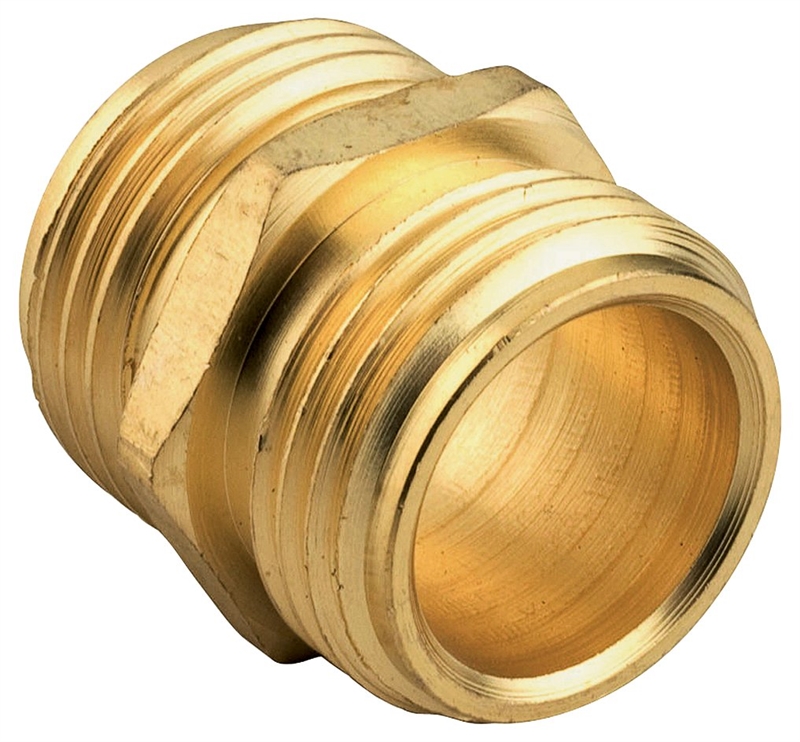

Remove the Metal Hose Connector: You will need pliers and something small and pointy like an ice pick or screwdriver.
Double hose connector how to#
This is a step-by-step guide on how to remove a stuck garden hose connector. How to Remove a Stuck Garden Hose Connector Now that you have everything you need, let’s get started! You can get by without them, but it’s going to be harder than it needs to be. There are a few things you’re going to need before you start: In this case, you may need to replace the entire connector or hose. If the plastic tubing starts to shrink for some reason, then it will be more difficult to remove the connector without damaging it.

Shrinking is a less common but still possible issue with garden hose connectors. Make sure you’re cleaning your connectors regularly (or at least every few months) to prevent any build-up from occurring. Prevention is key in this case! Regularly inspect your garden hose connectors for any signs of corrosion and take care of it ASAP before the problem spreads.ĭirt can also cause connectors to become stuck, particularly if it accumulates over time. Make sure you’re taking care of your connectors by storing them in a safe place when not in use-and avoid banging them around unnecessarily.Ĭorrosion is a huge problem with older connectors and hoses if there’s any rust on either end of the connection (or anywhere in between), then it will be very difficult to remove the hose without damaging it. In most cases, these can be repaired but they may cause the connector to become stuck over time. General damage can also occur to your garden hose connectors, such as dents, nicks, and other forms of wear and tear. Make sure you aren’t overtightening anything during the installation process! If you’re having issues removing a water hose from its connection, then try loosening it up a bit before applying too much force. Overtightening is another common reason why garden hose connectors get stuck this can cause damage on both ends of your connection point (the male end and the female end). Instead of cheaping out with brass connectors (or any other cheaply made material), go ahead and invest in stainless steel or another metal that won’t rust or degrade as fast-but will also provide you with years of trouble-free use. For example, brass is obviously not the best choice for a garden hose connector because it corrodes too easily and quickly becomes stuck over time due to oxidation. Different materials are better for different tasks. There are a few reasons why garden hose connectors get stuck: Luckily, we have a few tricks for how to remove a garden hose connector! Why Garden Hose Connectors Get Stuck The problem with this type of connection is that it can be difficult to remove, especially if there’s some dirt or gunk in the way. It allows you to quickly and easily attach and detach your hose from a faucet or spigot. The garden hose connector is the most important feature of your garden hose.


 0 kommentar(er)
0 kommentar(er)
